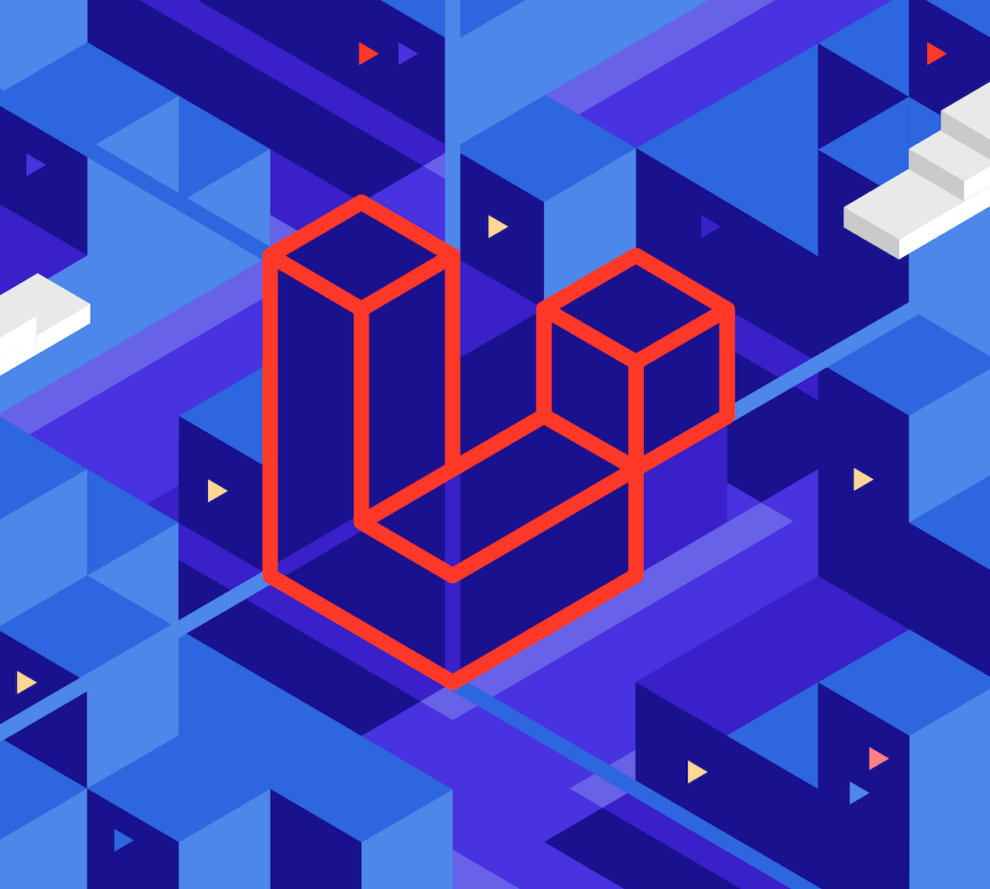Introduction
In today’s digital world, protecting your application and user data from unauthorized access is really important. To achieve this, leveraging Swagger can be a game changer for your Laravel API. Swagger is a powerful tool that helps document and test APIs, providing detailed security enhancements. In this blog, we will explore the importance of securing your laravel REST API with Swagger ensuring that only authenticated and authorized users can access your endpoints.
Importance of securing REST API
Securing your Laravel REST API is not just good practice; it is essential to protecting your applications and user data from contingent threats. Without proper security, your API becomes open to unauthorized access, data breaches, and unwanted malicious attacks. You can establish a solid and reliable API ecosystem for your laravel application by implementing strict security mechanisms. This ensures that your sensitive data remains confidential, with your user privacy protected. Also, your application remains secure in case of any potential vulnerabilities.
Enhancing API security with Swagger
Swagger makes documenting your Laravel REST API a breeze. It creates interactive and detailed API documentation by automatically generating a Swagger specification file from your API routes. This documentation includes a clear description of the available endpoint, the parameters it expects, and the format of the responses. It’s a user-friendly way for developers and users to explore and understand your API, making integration smooth.
Benefits Of Swagger To Secure Your Laravel REST API
Securing your Laravel REST API with Swagger, you are open to several benefits contributing to your application’s overall security and reliability.
- Enforce authentication and authorization for API endpoints, enhancing overall security by preventing unauthorized access to sensitive data.
- Generate up-to-date documentation for better understanding and integration by other developers. Comprehensive documentation will ensure clear documentation for every security aspect.
- Swagger includes a testing tool to validate API requests and see endpoints’ behavior. You can do this directly from the Swagger UI. It does ensure that your authentication mechanism is working correctly and that only authorized requests are processed.
- Promote standardized API design for a cleaner and easy-to-maintain code.
Implementing Authentication For Your Laravel API
There are two ways to implement Authentication for your Laravel API.
1.Token-based authentication
Token-based authentication is one of the standard methods used to secure APIs.It is a built-in authentication tool that facilitates the implementation of this approach. You can generate and return the token upon successful user authentication, and the client must include this token in the header of the Subsequent API requests to gain access.
2. OAuth2 Authentication
If your API needs to integrate with third-party applications, OAuth2 authentication can be a very suitable choice. Laravel Passport is a laravel package that simplifies the implementation of OAuth2 in your application. It allows you to access tokens for third-party clients, ultimately ensuring secure and controlled access to your API
You can utilize the laravel Swagger package to generate comprehensive API documentation. This package easily integrates Swagger with your Laravel application, automatically generating the Swagger /Open API specification files based on your API routes. This eventually simplifies your code and keeps your API documentation updated.
Defining Security Schemes
Swagger always allows you to define the security schemes to enforce authentication and authorization for your API endpoints. You can specify the required authentication method by annotating your routes with the appropriate security scheme, such as Bearer tokens or OAuth2 for each endpoint.
1. Testing and validating API requests:
The in-built testing tool that Swagger provides allows you to execute the
API requests directly from the Swagger UI interface. This functionality helps you to quickly verify whether your authentication mechanisms are working correctly and that only permitted requests are processed.
2. Implementation of Rate limiting
To protect your API from abuse and unfair usage, it is crucial to implement rate limiting. Laravel has built-in rate-limiting features that allow you to limit the number of requests a client can make within a certain period. By setting up these rules, you can prevent excessive usage and potential security issues.
3. Additional Security measures
- Input Validation
- You should always validate user input to prevent common security weaknesses like SQL injection and cross-site scripting XSS. Here Laravel provides robust validation features that you can easily leverage to ensure the integrity and security of your API data.
- Error handling
- You must consistently implement proper error handling mechanisms to prevent exposing sensitive information and furnish meaningful error messages to the client. Always customize error responses based on different scenarios and ensure that any exceptions are gracefully handled within your API.
Conclusion
Securing your Laravel REST API with Swagger is essential for safeguarding your application and user data. By implementing the Authentication mechanisms, documenting your API with swagger, and incorporating additional security measures, you can establish a robust security framework for your Laravel API. To ensure the successful implementation of these security measures, it is recommended to Hire Laravel developer who have the expertise and knowledge. One must stay updated with the latest security best practices, regularly test your API for vulnerabilities and prioritize protecting sensitive information. With these considerations, you can ensure a secure and reliable API ecosystem for your laravel application.
Author Bio:
Chandresh Patel is a CEO, Agile coach, and founder of Bacancy Technology. His truly entrepreneurial spirit, skillful expertise, and extensive knowledge in Agile software development services have helped the organization to achieve new heights of success. Chandresh is fronting the organization into global markets in a systematic, innovative, and collaborative way to fulfill custom software development needs and provide optimum quality.













